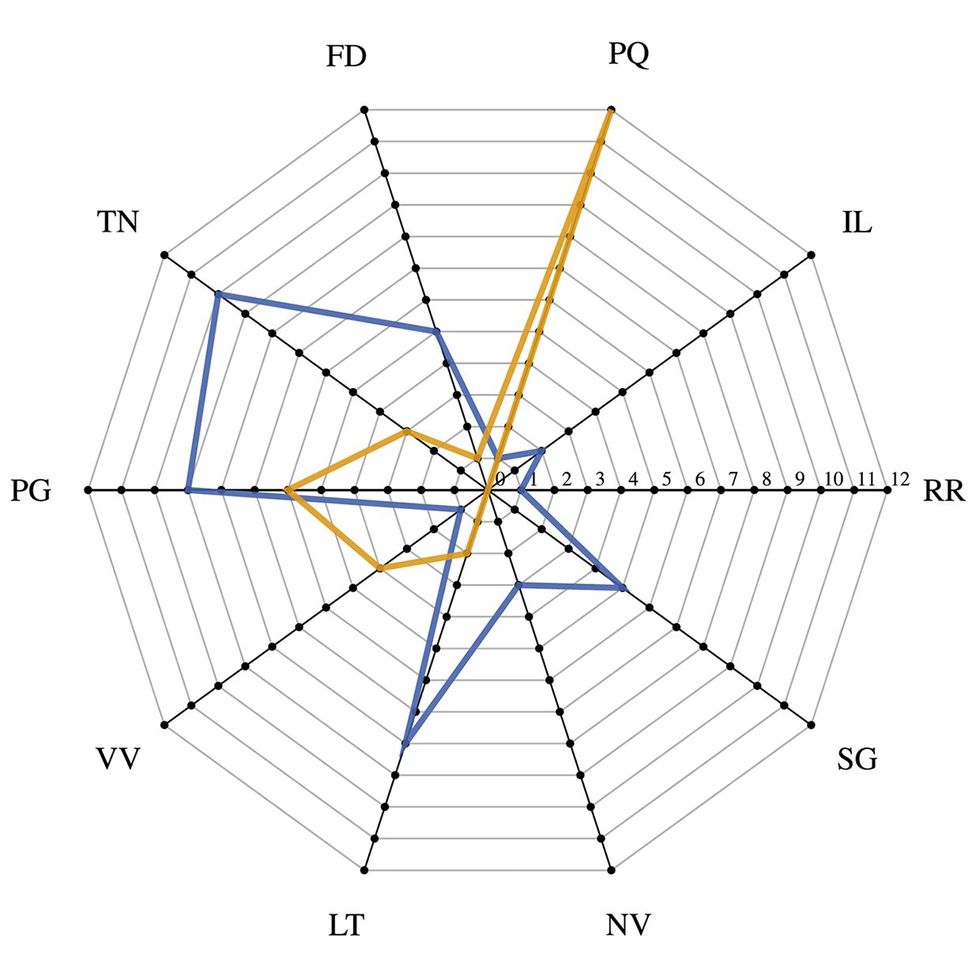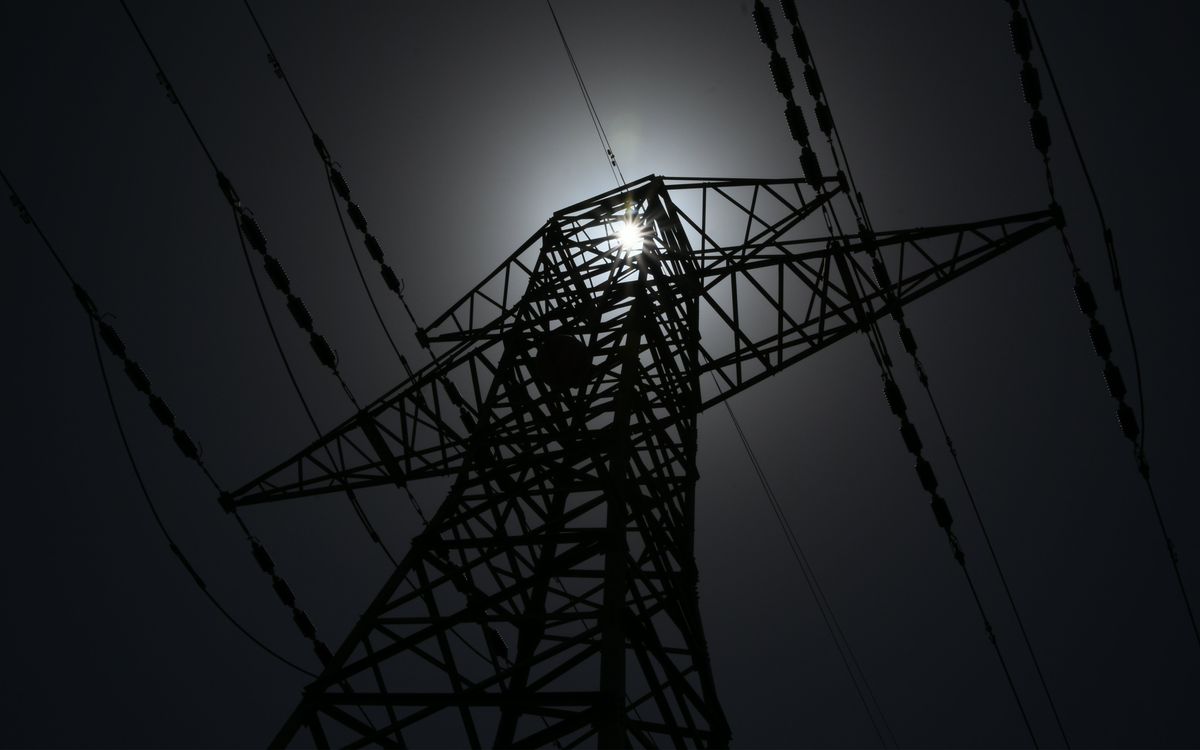This article is part of our exclusive IEEE Journal Watch series in partnership with IEEE Xplore.
The power grid today is in flux as its analog devices go digital. Electrical plants with rotating generators are giving way to solar and wind farms fronted by power inverters, which convert the renewables’ DC-out into the grid’s AC-in. And, on the consumption side, inverter-coupled devices including electric vehicles and variable-speed heat pumps represent a rising share of demand. A team at Germany’s Karlsruhe Institute of Technology (KIT) has produced the most comprehensive assessment to date examining whether this growing digitization of the grid is eroding reliability—and how to anticipate and avoid future problems.
“In the scientific literature, you often read that renewables will cause some sort of problems, and so we need to work on their integration. I wanted to know whether it was real,” says Jan Wachter, a doctoral student and research associate at KIT’s Institute for Automation and Applied Informatics.
There’s no evidence that inverters are plunging civilization into a dystopian dark age. Most blackouts are still caused by extreme weather.
It’s an important question, not least given some politicians’ proclivity to use fear of blackouts to try to hold back the transition away from fossil fuels.
Since there’s no official global tracking of major grid faults, Wachter started by scraping various databases to assemble his own list, documenting 33 incidents from 2003 to 2023. Next he and his coauthors examined what role, if any, inverters played. Their report, published late last year in the IEEE Open Journal of Power Electronics, found no evidence that the inverter invasion is plunging civilization into a dystopian dark age. Most blackouts, says Wachter, are still caused by extreme weather.
More scientifically interesting are the thought experiments that the KIT team ran next on the 33 incidents. For each, they considered how a future grid with higher inverter penetration might respond during a similar incident. They also examined whether inverter-based resources might counteract blackout mechanisms such as cascading failures that have plagued grids for decades.

“If we’re rebuilding our grids, it provides an opportunity to make things better. We’re spending a lot of money. We should take the chance to do this,” says Wachter.
The primary difference between the power plants and electric loads of the past century and those interfaced via inverters is how intimately they couple to the grid. Most rotating generators and machines are physically coupled to the grid’s electromagnetic oscillations. As a result, they react quickly to stabilize the grid during disturbances.
Consider a power line or lines shorting out, which tends to leave the remaining network with a power shortage or surplus. That instantaneously draws more or less energy, respectively, out of the massive rotating machines in gas, coal, and hydropower plants, thus making the system whole.
That physical response gives the grid a certain inertia, buying time for generators to adjust their output and thus stabilize the system. Inverter-based resources, in contrast, must react to faults through a process of signal detection and control—a slower process that relies on the timeliness and quality of observational data feeding into control systems and the wisdom of their programming.
One of the incidents on KIT’s radar—a blackout in Southern Australia in 2016—combined weak inertia, faulty programming, and rough weather.
First, a severe storm disabled a key transmission link in Southern Australia. The resulting fault signal prompted half of the wind turbines contributing much of the grid’s power to shut down unexpectedly. With a dearth of rotating generators online, frequency dropped rapidly, and 7 million people lost power.
Fundamentally, as an investigation by the Australian Energy Market Operator concluded, the wind turbine controls failed to anticipate the situation: “It was the lack of operational experience,” says Wachter.
Might inverters play stabilizing roles too?
In future integrated grids, power plants and battery-storage facilities with big inverters are likely to provide the missing inertia by emulating the behavior of synchronized generators. Wind farms in Quebec started doing this in 2011: If the grid is short of power and the AC frequency starts to drop, wind farms can briefly boost their output by as much as 6 percent through a collaboration between the turbines’ solid-state power electronics and their rotors.
Another widespread but far less visible incident in the United States from 2019 illustrates the grid’s vulnerability to measurements. Since inverter-based equipment fundamentally depends on measurements and control systems to operate correctly, faulty measurements have the potential to become a bigger source of grid problems

As described in a report by the North American Electric Reliability Corp., or NERC, the industry’s grid-safety organization, the incident began when a faulty sensor caused a generator in Florida to perceive an imbalance between the steam flowing in and the electricity flowing out. The control system’s response—repeatedly opening and closing steam valves—created a 200-megawatt fluctuation in power output that propagated harmonic feedback across the Eastern Interconnection, North America’s eastern grid. Oscillations as large as 50 megawatts were observed “as far as the New England area,” according to NERC.
It took plant operators 18 minutes to turn the turbine off because their alert system was watching a separate, nonfaulty sensor. “Their alarms registered the oscillation, but they thought it was coming from the outside,” says Wachter.
Some incidents identified by KIT involve new fault mechanisms introduced by an electronically interfaced device, such as the high-frequency oscillation observed in 2015 in a high-voltage direct current (HVDC) transmission link between France and Spain. As described by researchers at French grid operator RTE, the interaction between the link’s controls and the surrounding AC grid was so complex that they struggled to simulate it using the digital model provided by the HVDC system vendor.
Ultimately, grid operators needed to use a physical replica of the control system to understand the problem, because the vendor’s model reflected simplified and outdated versions of the controls.
Some grid operators have already recognized the value of having replica control systems on hand. While I was reporting on China’s state-owned power giant, State Grid Corporation of China, its Electric Power Research Institute in Beijing showed IEEE Spectrum banks of control system replicas that enabled “hardware-in-loop” simulation of every HVDC link on the State Grid’s massive network.
Wachter says the complexity of the grid and its possible fault mechanisms will grow as the number and diversity of grid-connected devices mushrooms. That, he says, highlights another opportunity to maintain reliability in the future: increasing the use of open-source control systems.
Open-source software is increasingly available or even mandated for grid planning. Wachter says its use in grid control systems would enable all grid players to have access to all other controls, and to thus explore and anticipate interactions between devices.
NERC made an analogous recommendation after the 2019 “forced oscillation” event in Florida, suggesting open-source tools as a way to prevent future harmonic faults. As it stated in its December 2019 event postmortem: “The industry should develop open-source, publicly available robust tools for performing oscillation analysis that can be used by various entities.”
This article appears in the April 2024 print issue as “Lights Out, Lessons Learned.”
- What the Texas-Freeze Fiasco Tells Us About the Future of the Grid ... ›
- Can Synthetic Inertia from Wind Power Stabilize Grids? ›
- Grid-scale Batteries in Scotland Stabilize Power - IEEE Spectrum ›
Peter Fairley has been tracking energy technologies and their environmental implications globally for over two decades, charting engineering and policy innovations that could slash dependence on fossil fuels and the political forces fighting them. He has been a contributing editor with IEEE Spectrum since 2003.


